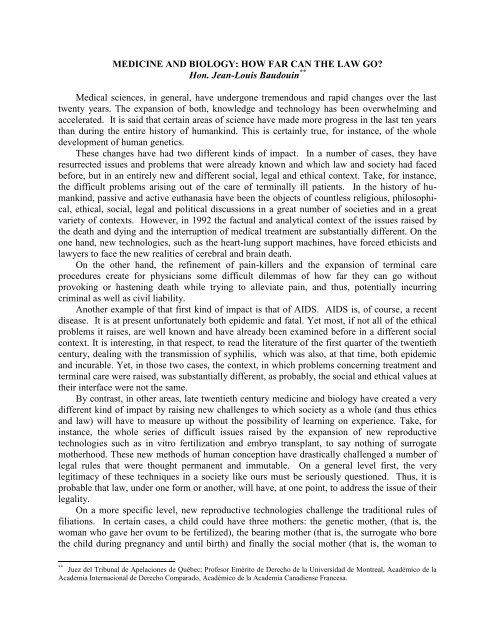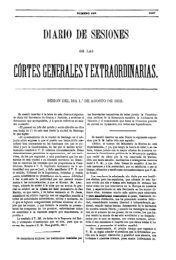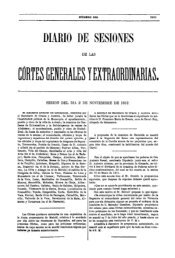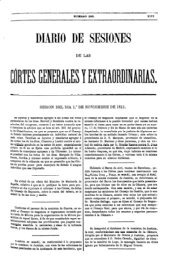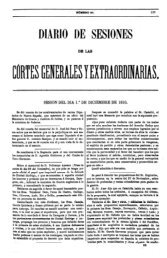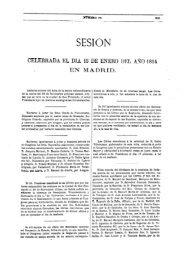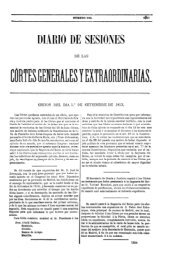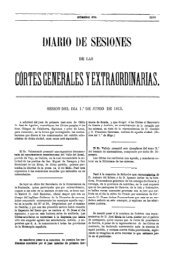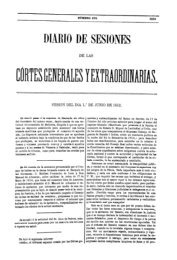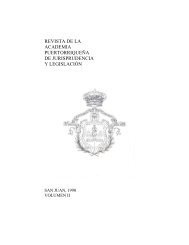Revista Volumen V - Academia Puertorriqueña de Jurisprudencia y ...
Revista Volumen V - Academia Puertorriqueña de Jurisprudencia y ...
Revista Volumen V - Academia Puertorriqueña de Jurisprudencia y ...
Create successful ePaper yourself
Turn your PDF publications into a flip-book with our unique Google optimized e-Paper software.
MEDICINE AND BIOLOGY: HOW FAR CAN THE LAW GO?Hon. Jean-Louis Baudouin **Medical sciences, in general, have un<strong>de</strong>rgone tremendous and rapid changes over the lasttwenty years. The expansion of both, knowledge and technology has been overwhelming andaccelerated. It is said that certain areas of science have ma<strong>de</strong> more progress in the last ten yearsthan during the entire history of humankind. This is certainly true, for instance, of the whole<strong>de</strong>velopment of human genetics.These changes have had two different kinds of impact. In a number of cases, they haveresurrected issues and problems that were already known and which law and society had facedbefore, but in an entirely new and different social, legal and ethical context. Take, for instance,the difficult problems arising out of the care of terminally ill patients. In the history of humankind,passive and active euthanasia have been the objects of countless religious, philosophical,ethical, social, legal and political discussions in a great number of societies and in a greatvariety of contexts. However, in 1992 the factual and analytical context of the issues raised bythe <strong>de</strong>ath and dying and the interruption of medical treatment are substantially different. On theone hand, new technologies, such as the heart-lung support machines, have forced ethicists andlawyers to face the new realities of cerebral and brain <strong>de</strong>ath.On the other hand, the refinement of pain-killers and the expansion of terminal careprocedures create for physicians some difficult dilemmas of how far they can go withoutprovoking or hastening <strong>de</strong>ath while trying to alleviate pain, and thus, potentially incurringcriminal as well as civil liability.Another example of that first kind of impact is that of AIDS. AIDS is, of course, a recentdisease. It is at present unfortunately both epi<strong>de</strong>mic and fatal. Yet most, if not all of the ethicalproblems it raises, are well known and have already been examined before in a different socialcontext. It is interesting, in that respect, to read the literature of the first quarter of the twentiethcentury, <strong>de</strong>aling with the transmission of syphilis, which was also, at that time, both epi<strong>de</strong>micand incurable. Yet, in those two cases, the context, in which problems concerning treatment andterminal care were raised, was substantially different, as probably, the social and ethical values attheir interface were not the same.By contrast, in other areas, late twentieth century medicine and biology have created a verydifferent kind of impact by raising new challenges to which society as a whole (and thus ethicsand law) will have to measure up without the possibility of learning on experience. Take, forinstance, the whole series of difficult issues raised by the expansion of new reproductivetechnologies such as in vitro fertilization and embryo transplant, to say nothing of surrogatemotherhood. These new methods of human conception have drastically challenged a number oflegal rules that were thought permanent and immutable. On a general level first, the verylegitimacy of these techniques in a society like ours must be seriously questioned. Thus, it isprobable that law, un<strong>de</strong>r one form or another, will have, at one point, to address the issue of theirlegality.On a more specific level, new reproductive technologies challenge the traditional rules offiliations. In certain cases, a child could have three mothers: the genetic mother, (that is, thewoman who gave her ovum to be fertilized), the bearing mother (that is, the surrogate who borethe child during pregnancy and until birth) and finally the social mother (that is, the woman to**Juez <strong>de</strong>l Tribunal <strong>de</strong> Apelaciones <strong>de</strong> Québec; Profesor Emérito <strong>de</strong> Derecho <strong>de</strong> la Universidad <strong>de</strong> Montreal, Académico <strong>de</strong> la<strong>Aca<strong>de</strong>mia</strong> Internacional <strong>de</strong> Derecho Comparado, Académico <strong>de</strong> la <strong>Aca<strong>de</strong>mia</strong> Canadiense Francesa.


